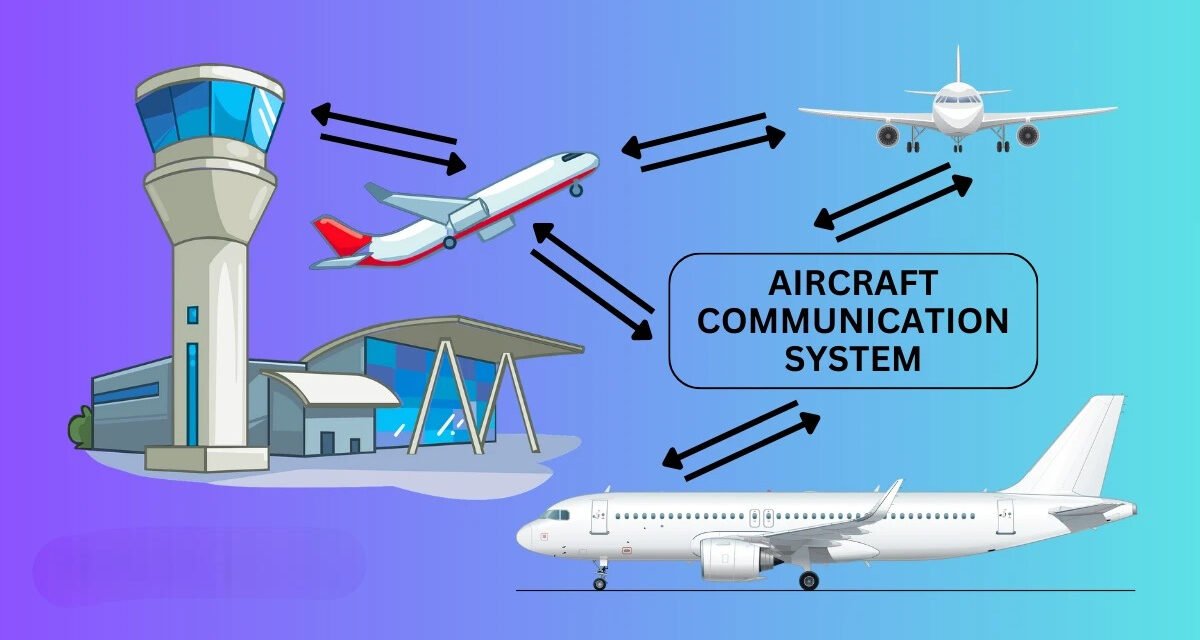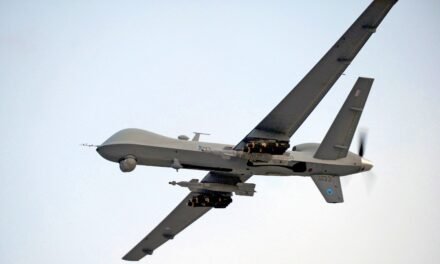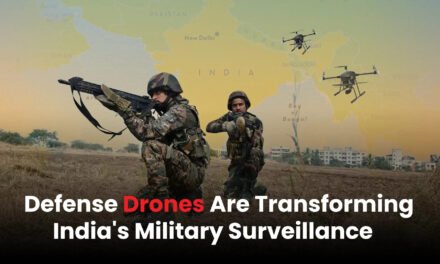Communication systems in aerospace equipment are integrated using advanced technologies and protocols to ensure reliable data transfer, enabling seamless operations in demanding environments like aviation and space. These systems provide critical links between aircraft, spacecraft, ground stations, and other assets for navigation, control, and information sharing.
Key Elements of Communication System Integration
1. Hardware Components
- Antennas:
- Transmit and receive signals over various frequencies (radio, microwave, optical).
- Designed for specific needs, such as omnidirectional for coverage or directional for focused communication.
- Transmitters and Receivers:
- Handle encoding, modulation, and amplification of signals.
- Onboard Processors:
- Process incoming and outgoing data, reducing latency and enhancing reliability.
2. Communication Technologies
- Radio Frequency (RF) Systems:
- Common in aircraft for air-to-ground and air-to-air communication.
- Frequencies like VHF and UHF are used for voice and data transfer.
- Satellite Communication (SatCom):
- Relays signals via satellites for long-distance communication, especially in remote or oceanic regions.
- Optical Communication:
- Uses lasers for high-bandwidth, low-latency data transfer, particularly in deep-space missions.
- Telemetry and Telecommand (TMTC):
- Allows spacecraft to send performance data (telemetry) and receive control instructions (telecommand).
3. Data Link Systems
- Aircraft Communication Addressing and Reporting System (ACARS):
- Enables text-based communication between pilots and ground control.
- Automatic Dependent Surveillance-Broadcast (ADS-B):
- Provides real-time position and flight data for air traffic management.
- Space Data Links:
- CCSDS (Consultative Committee for Space Data Systems) standards for inter-satellite and ground-to-space communication.
4. Protocols and Standards
- Error Correction:
- Ensures data integrity with techniques like forward error correction (FEC) and cyclic redundancy checks (CRC).
- Compression:
- Reduces data size for efficient transfer.
- Encryption:
- Secures sensitive communication against interception.
5. Redundancy and Fail-Safes
- Multiple Channels:
- Integration of backup channels ensures communication continuity.
- Automatic Switching:
- Systems automatically switch to alternate frequencies or satellites if the primary link fails.
Integration into Aerospace Equipment
1. Aircraft Communication Systems
- Cockpit Avionics:
- Integrated with VHF radios, SatCom, and ACARS for pilot-ground communication.
- In-Flight Connectivity:
- Systems for passenger internet and entertainment use satellite or air-to-ground links.
- Emergency Communication:
- ELTs (Emergency Locator Transmitters) for distress signaling.
2. Spacecraft Communication Systems
- Deep Space Networks:
- Ground stations like NASA’s DSN relay data from distant spacecraft.
- Inter-Satellite Links:
- Spacecraft communicate directly with each other for collaborative missions.
- Command Modules:
- Centralize communication functions to manage data flow between onboard systems and ground control.
3. Unmanned Aerial Vehicles (UAVs)
- Remote Piloting:
- High-bandwidth communication for live video and telemetry.
- Autonomous Operations:
- AI-enabled data processing onboard reduces dependency on live communication.
4. Military Applications
- Secure Communication:
- Encryption ensures confidentiality of tactical data.
- Jam-Resistant Links:
- Frequency hopping and spread-spectrum techniques prevent signal interference.
Challenges in Aerospace Communication
- Latency:
- Delays in deep-space missions due to the speed of light.
- Mitigation: Use of onboard AI for autonomy in decision-making.
- Signal Interference:
- Atmospheric conditions and space weather can disrupt signals.
- Mitigation: Use of adaptive modulation and error correction.
- Bandwidth Constraints:
- Limited spectrum availability for high-data missions.
- Mitigation: Shift toward optical and millimeter-wave communications.
Advancements in Aerospace Communication
- Laser Communication:
- Provides higher bandwidth and lower latency, ideal for deep-space missions.
- Example: NASA’s Laser Communications Relay Demonstration (LCRD).
- Quantum Communication:
- Offers ultra-secure data transfer using quantum encryption techniques.
- AI-Driven Systems:
- Enhance signal optimization, interference management, and autonomous decision-making.
- Mesh Networks:
- Allow multiple satellites or aircraft to relay data dynamically, improving coverage and reliability.
Conclusion
Communication systems are integral to aerospace operations, ensuring reliable data transfer for navigation, control, and collaboration. By integrating advanced hardware, robust protocols, and innovative technologies, aerospace systems achieve high reliability and adaptability, enabling safe and efficient operations in both aviation and space exploration.
Hashtags
#AerospaceCommunication #ReliableCommsTech #AerospaceCommsSystems #SmartCommunicationTech #NextGenCommunication #ReliableDataTransfer #AerospaceDataLinks #SeamlessDataFlow #DataLinkTechnology #SatelliteCommunication #SpacecraftComms #SecureAerospaceComms #AIInCommunication #FlightCommunication













